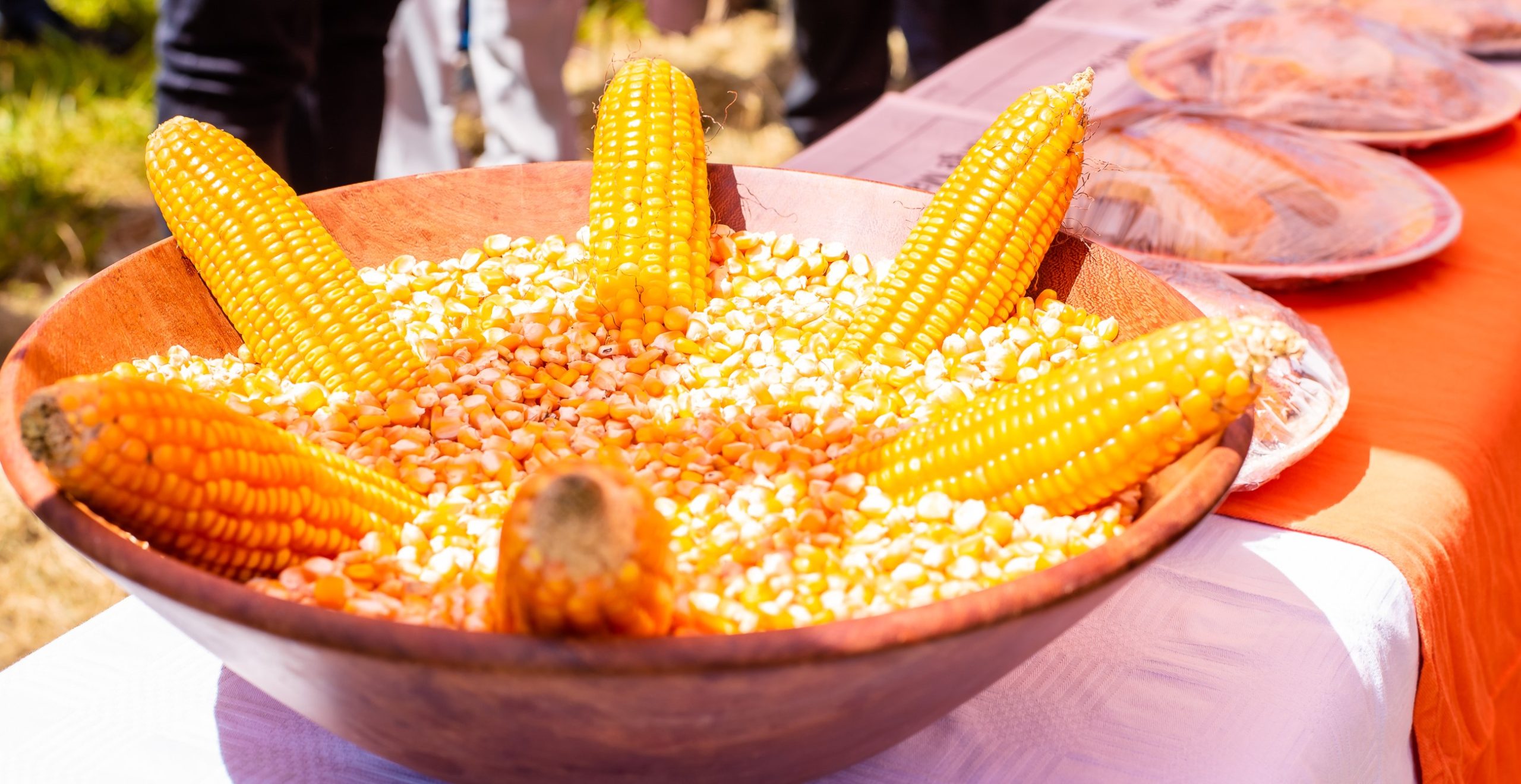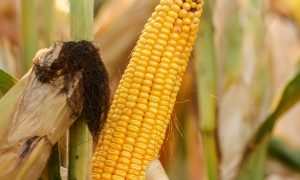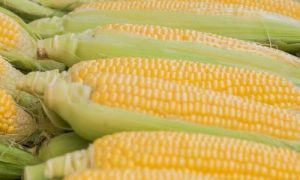Cultivating healthier communities with provitamin A maize varieties

A study in Zimbabwe’s Murehwa District reveals widespread vitamin A deficiency despite maize being a staple. Provitamin A maize shows promise, but additional interventions are needed for full impact. Cost-effective diet diversification could combat deficiency, with daily costs estimated at USD 0.97 in the wet season and USD 0.79 in the dry season. Limited seed availability hampers adoption despite farmers’ awareness of provitamin A maize benefits.
In Murehwa District, situated in Zimbabwe’s grain basket in the eastern part of the country, vitamin A deficiency is prevalent in almost all households, regardless of their wealth, reveals a study striving to quantify the nutritional yields of provitamin A maize across a diverse range of smallholder farms in Zimbabwe and to understand the potential role of improved agronomy in increasing nutritional yields. Published in the Journal of Nutrition, the study is part of a collaborative project between CIMMYT and Rothamsted Research, funded by the UK Global Challenges Research Fund, administered by the Biotechnology and Biological Sciences Research Council.
The study revealed that vitamin A deficiency is most prevalent in the wet seasons when the number of people within a household is higher. Using a range of realistic provitamin A concentration levels, modelling showed that the consumption of provitamin A maize could ensure that almost three-quarters of households reach 50% of their vitamin A requirement.
“This study highlights how provitamin A maize could make a real difference in vitamin A intake of smallholder farmers in rural areas of Zimbabwe,” said Frédéric Baudron, the lead author of this study. “And the impact could be even higher as greater gains are made through breeding and supported by better agronomy, a key determinant of nutrient concentration in the grain produced.”
Thirty households participated in the study, quantifying the composition of their diet across the main agricultural (wet) season and off (dry) season. A market study of locally available food was also conducted at the same time. In Murehwa District, almost 80% of the population is engaged in small-scale agriculture as their primary livelihood and stunting rates have increased over the past decade in this district, in sharp contrast to the rest of Zimbabwe.
Though maize is a dietary staple widely consumed in various forms in Zimbabwe, vitamin A deficiency exerts a heavy toll on people’s health, particularly in rural communities where its impact is most keenly felt. The consequences, ranging from preventable blindness in children to heightened maternal mortality rates and reduced immune function, emphasize the urgency of sustainable interventions.
The first provitamin A maize variety was released in Zimbabwe over a decade ago. Subsequent breeding efforts, aiming to develop varieties capable of providing 50% of the estimated average requirement of vitamin A, have focused on increasing the provitamin A concentration in maize and yields obtained under a range of stresses that farmers frequently encounter. To date, 26 provitamin A varieties have been released in Southern Africa. However, several key research questions remained unanswered. For instance, how prevalent is vitamin A deficiency within vulnerable populations and what is the cost of an affordable diet providing enough vitamin A? Furthermore, can the nutritional concentration of provitamin A maize grown by smallholder farmers help significantly decrease vitamin A deficiency for the majority of rural households?
The nutritional concentration of biofortified crops is related to the environment they are grown in. Biofortified maize primarily targets resource-poor farmers, holding potential in addressing nutritional gaps. However, existing research on the potential health outcomes of the consumption of provitamin A has largely been centered on maize grown in controlled environments, such as on experimental research stations or commercial farms.
The CIMMYT-led study concludes that the consumption of provitamin A maize alone would not fully address vitamin A deficiency in the short-term, calling for additional interventions such as diet diversification, industrial fortification, and supplementation. Diet diversification is one viable option highlighted by the study: modelling showed most households could obtain a diet adequate in vitamin A from food produced on their farms or available in local markets at a cost that does not exceed the current cost of their diets.
In Murehwa District, the CIMMYT-led study estimated the daily costs of current diets at USD 1.43 in the wet season and USD 0.96 in the dry season. By comparison, optimization models suggest that diets adequate in vitamin A could be achieved at daily costs of USD 0.97 and USD 0.79 in the wet and dry seasons, respectively. Another study conducted in 2023 showed that almost half of the farms in the district had knowledge of PVA maize and its benefits but did not grow it, primarily due to a limited availability of seed.
Source Link : https://www.cimmyt.org/news/cultivating-healthier-communities-with-provitamin-a-maize-varieties/















